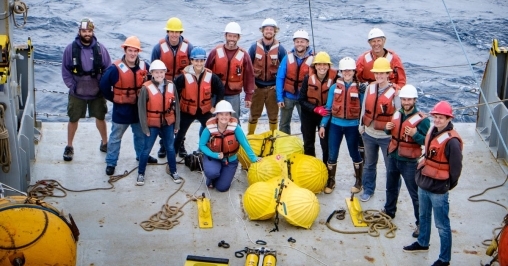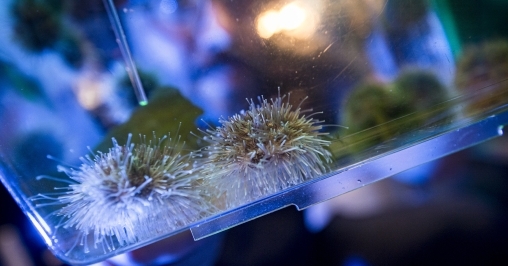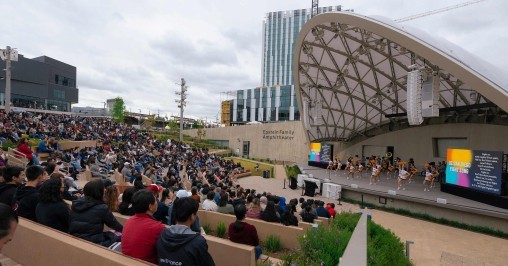Electronic Health Records Unlock Genetics of Tobacco Use Disorder
Health & BehaviorBy utilizing the power of electronic medical records, researchers from UC San Diego are uncovering the genetics of tobacco use, which would help scientists discover new ways to stop occasional tobacco use from evolving into tobacco use disorder.
























